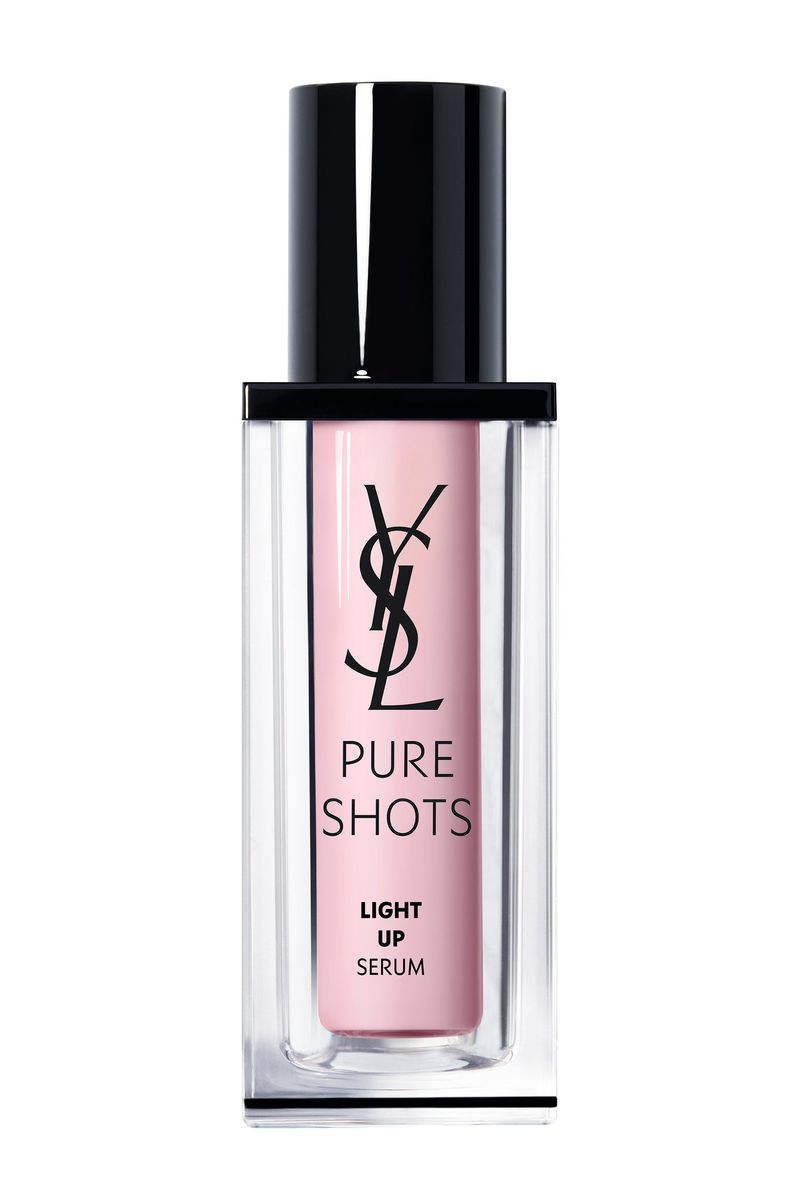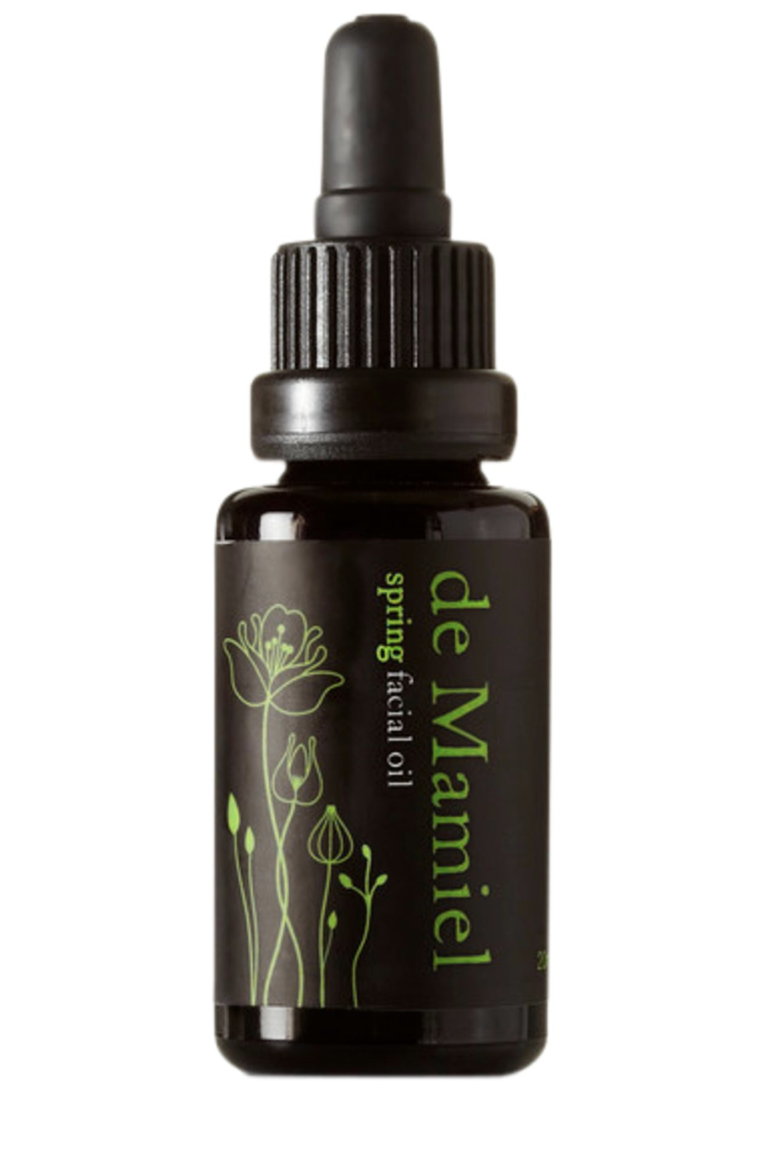The Secret to Good Skin Grows in These Moroccan Gardens
Just outside Marrakech, a plot of land holds the power to transform skincare.
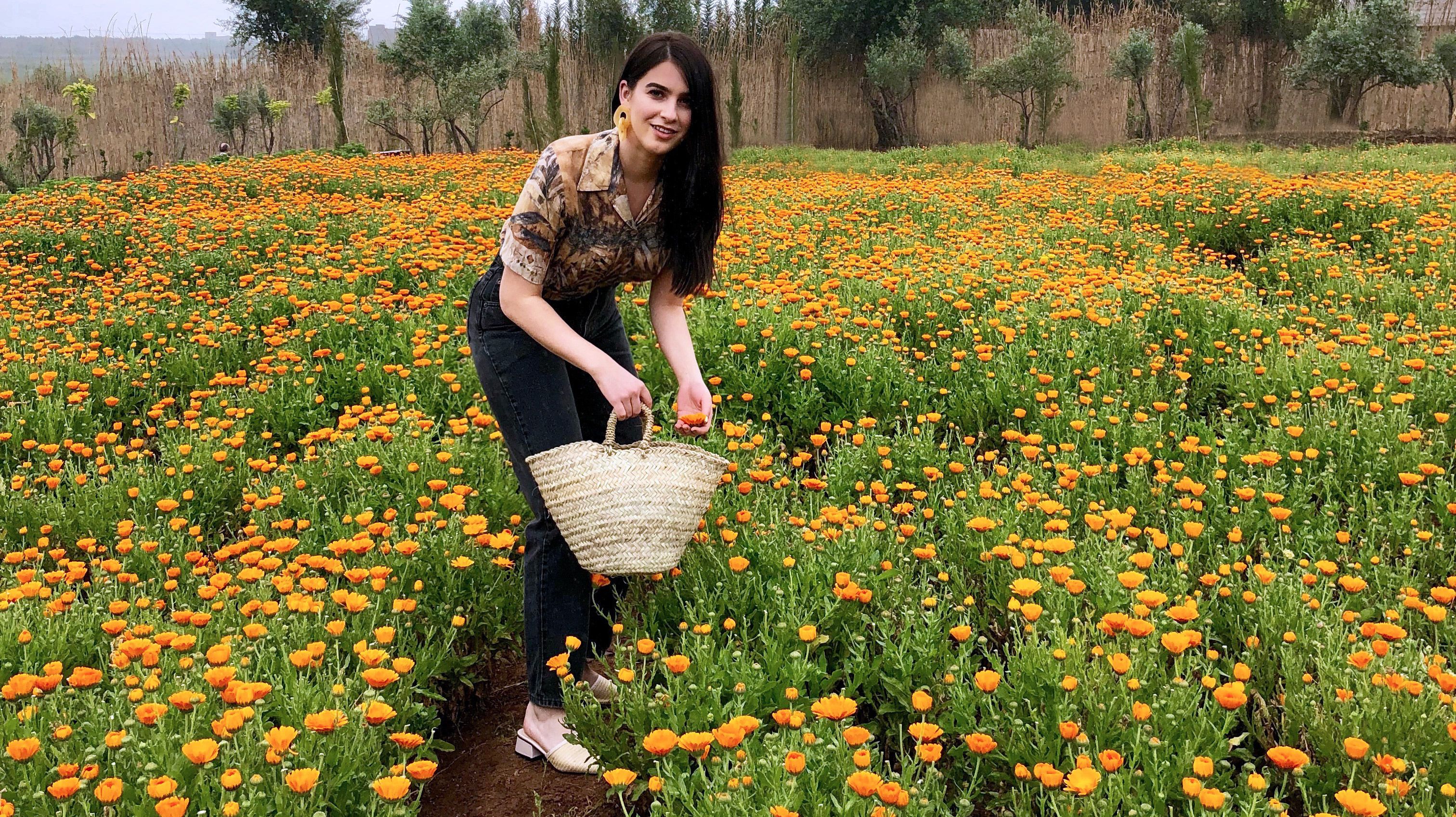
Step into the Ourika Gardens, at the foot of the Atlas Mountains, and life turns to the fantastic: The peppery aroma of wild lemon trees is intoxicating, dense rows of marigolds bloom feverishly orange, and hidden frogs croak in a staccato symphony. This isn’t Morocco’s most famous horticultural display—the impossibly lush Jardin Majorelle, purchased in1980 by Yves Saint Laurent and his business and onetime romantic partner Pierre Bergé, holds that title—but it does share a connection to the late designer. Ourika is the bountiful site where YSL Beauty grows many of the ingredients used in its skincare and fragrances, and I’m here to experience the land firsthand.
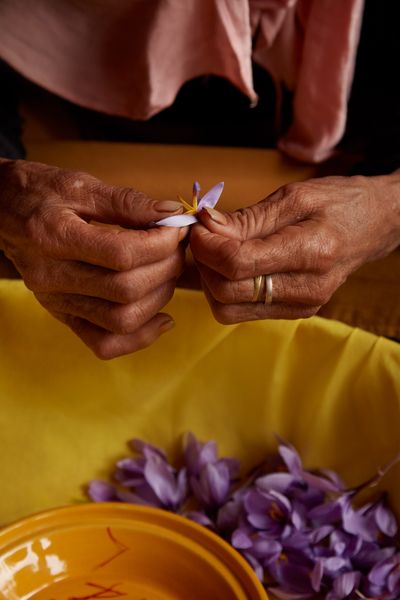
The women who harvest in the Ourika Gardens are members of a co-op and are guaranteed fair wages.
After a customary welcome glass of mint tea, I walk through the landscaped rows to learn about some of the plants featured in the brand’s new Pure Shots skincare line. The soft pink petals of the marsh-mallow plant, traditionally used to heal wounds, help protect against UV rays and environmental aggressors in the brightening serum, and Barbary fig (commonly known as prickly pear) helps firm skin in the brand’s contouring formula. (Both botanical skincare heroes can also be found in products from brands such as Codex Beauty and De Mamiel.) But I’m most captivated by the rarest and least flashy plant on the property: the unassuming, stubby moonlight cactus, which blooms one night a year for just six hours. YSL Beauty’s scientific director, Caroline Negre, explains that harvesters pluck the flowers during that brief window of time, and then botanists extract its antioxidant sugars using a slow cold-press method. The resulting elixir goes into the line’s exfoliating serum, fittingly dubbed Night Reboot. Studies show that the ingredient repairs and protects skin as effectively as melatonin, a naturally occurring hormone that regulates sleep cycles and stimulates the production of rejuvenating antioxidants. “Results are visible after a single night of use,” says Negre.
The world clearly needs more of this stuff, so I plant my own baby cactus with the help of the women who harvest the garden’s bounty each day. As members of a co-op, they’re guaranteed fair wages for their labor, and their children play nearby as they work.On my way out, a gardener encourages me to pick a few of the lemons I smelled when I first arrived. “They’re unlike anything you’ve ever tasted,” he says. “But make sure to use them for their true purpose: topping off a gin and tonic.”
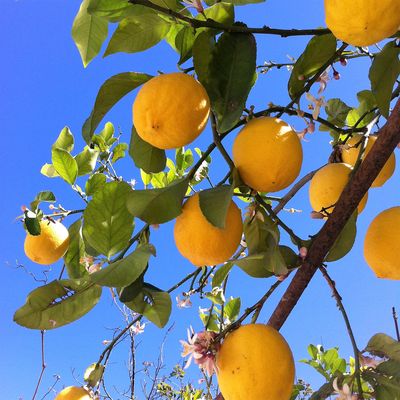
The scent of Moroccan lemons permeates the garden.
When I head to the airport at the end of my excursion, my dull complexion betrays my exhaustion. I massage in two pumps of Night Reboot serum and top it off with the firming Y Shape Serum right before my flight takes off. By the time I reach my layover, jet-lagged and a little groggy (hey, I had lemon-enhanced G&Ts to sample), my skin has more than recovered. Not only is it smooth and taut, it looks as if I swiped a dewy highlighter on my cheekbones. I rifle through my carry-on bag to make sure my new serum samples are safely secured and discover I’m inadvertently leaving with another souvenir: one fragrant, forgotten lemon—a trace of what feels like magic.
Shop Products Made From the Ingredients
This story appears in the February 2020 issue of Marie Claire.
Get exclusive access to fashion and beauty trends, hot-off-the-press celebrity news, and more.
Taylore Glynn is a former beauty and wellness editor for Allure. Previously, she served as beauty and health editor at Marie Claire and Harper’s Bazaar, and her work has appeared in Refinery29, Town & Country, Compound Butter, and RealSelf. She holds a master's degree in English and Creative Writing from Monmouth University. If you need her, she’s probably at the movies, braising a chicken, or evening out her cat eyeliner.
